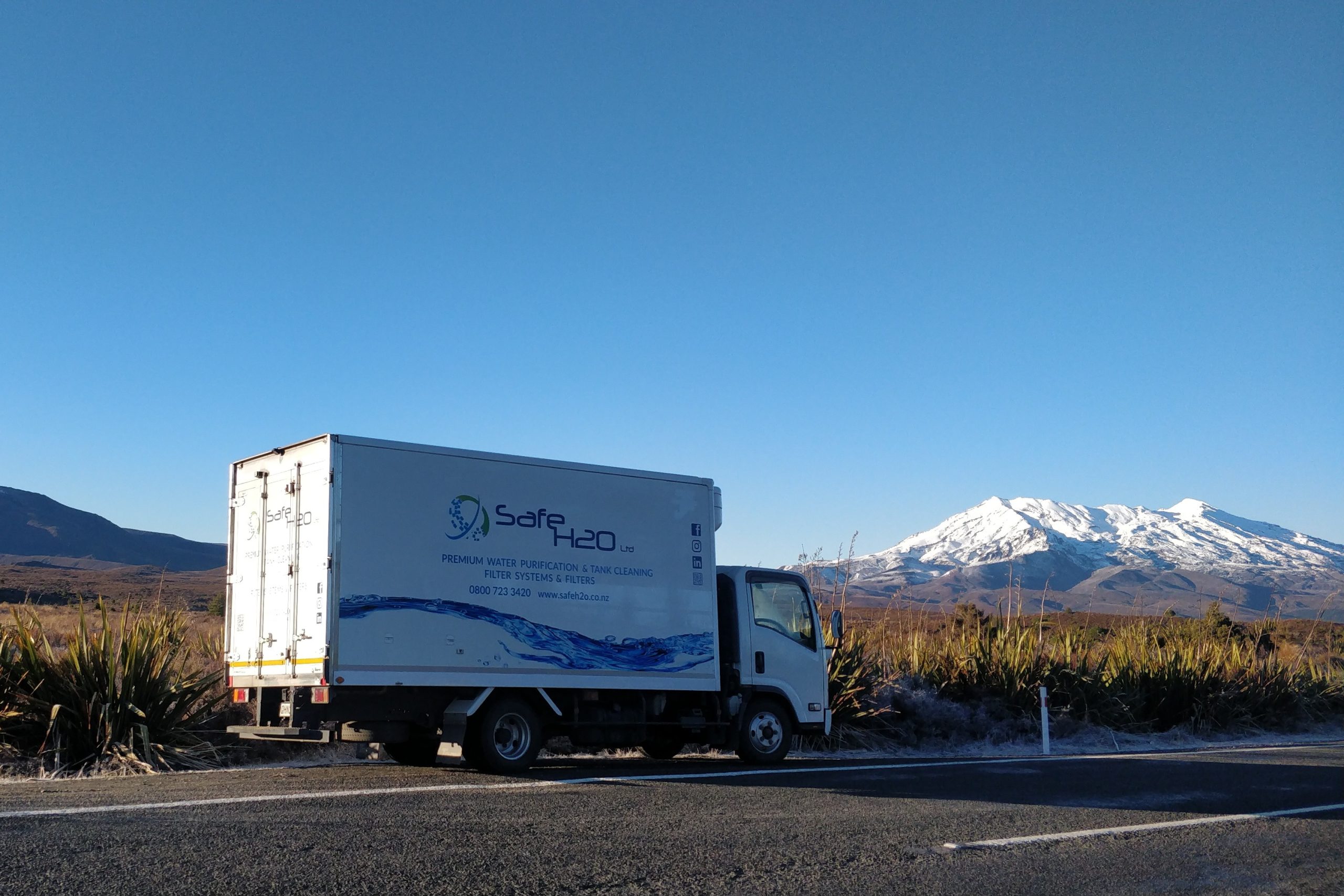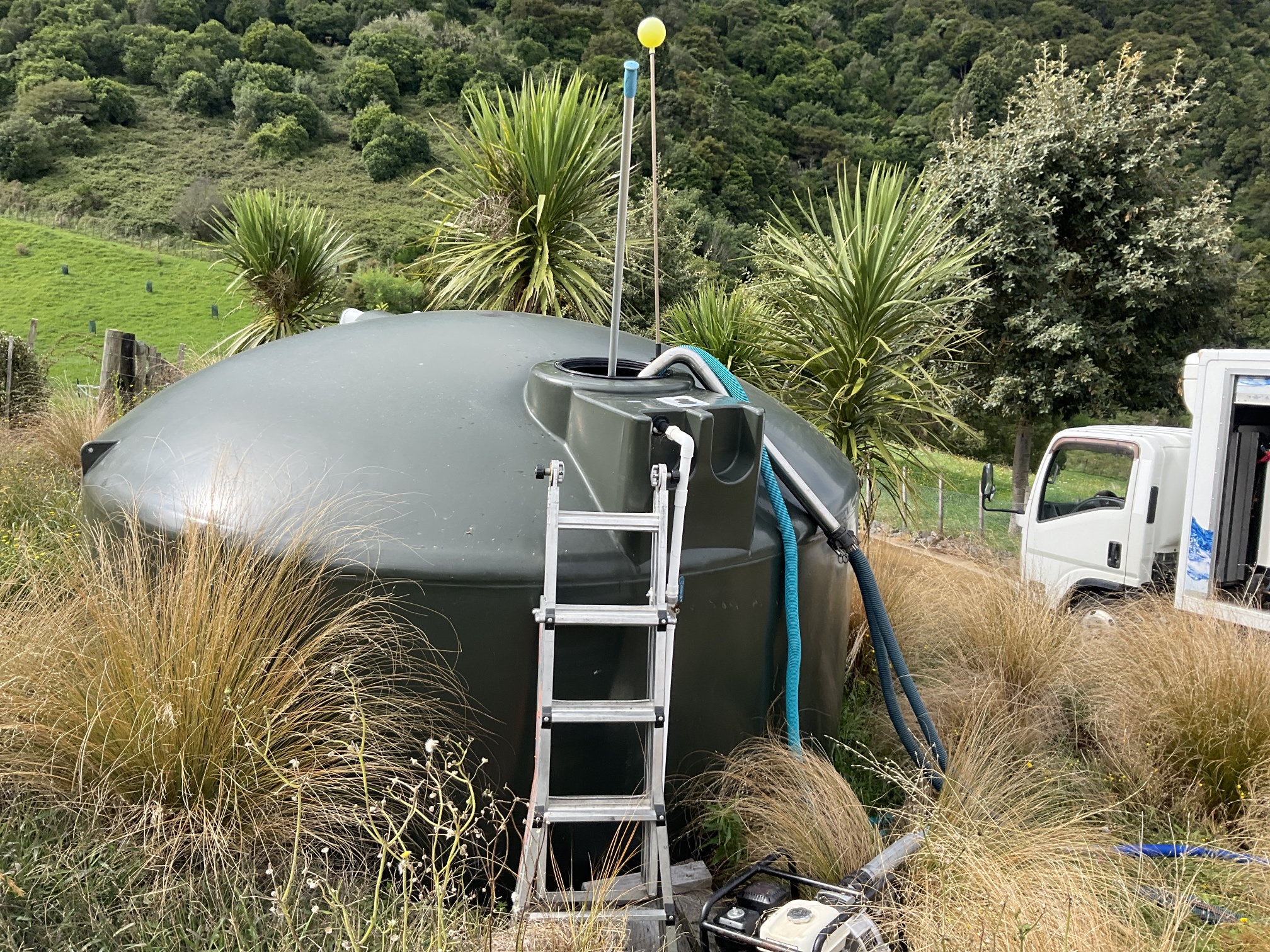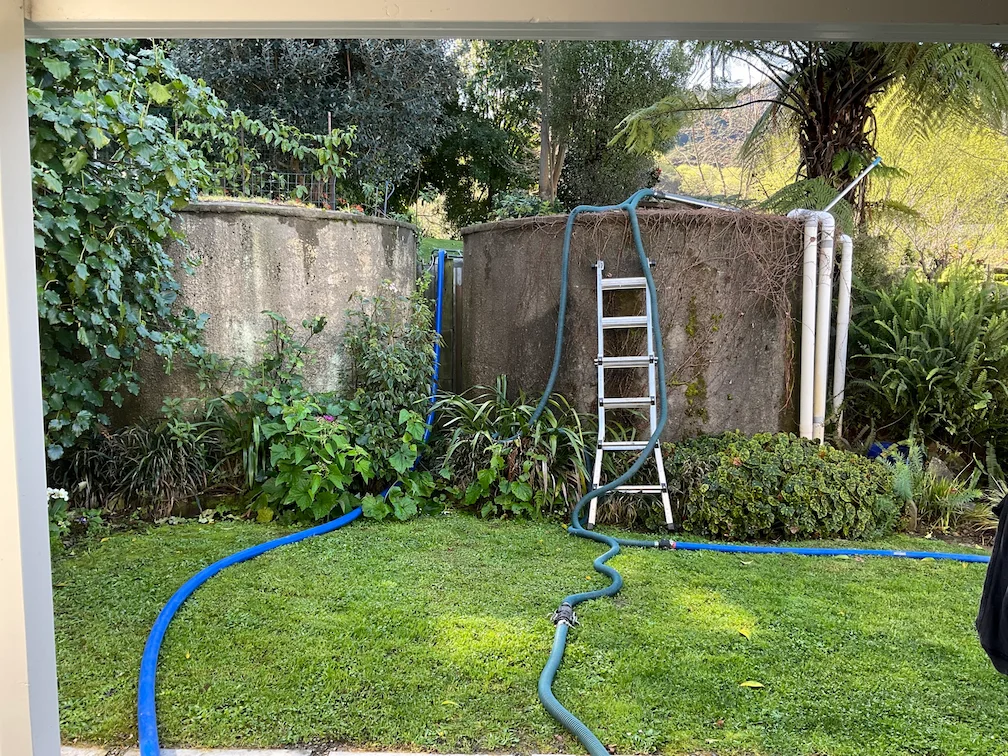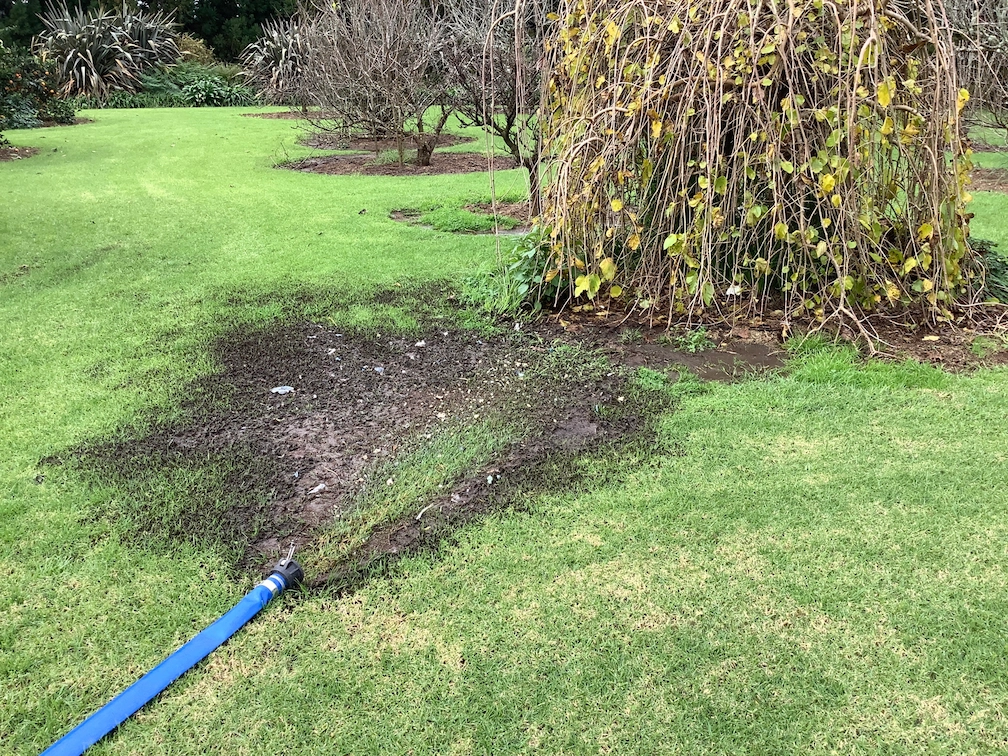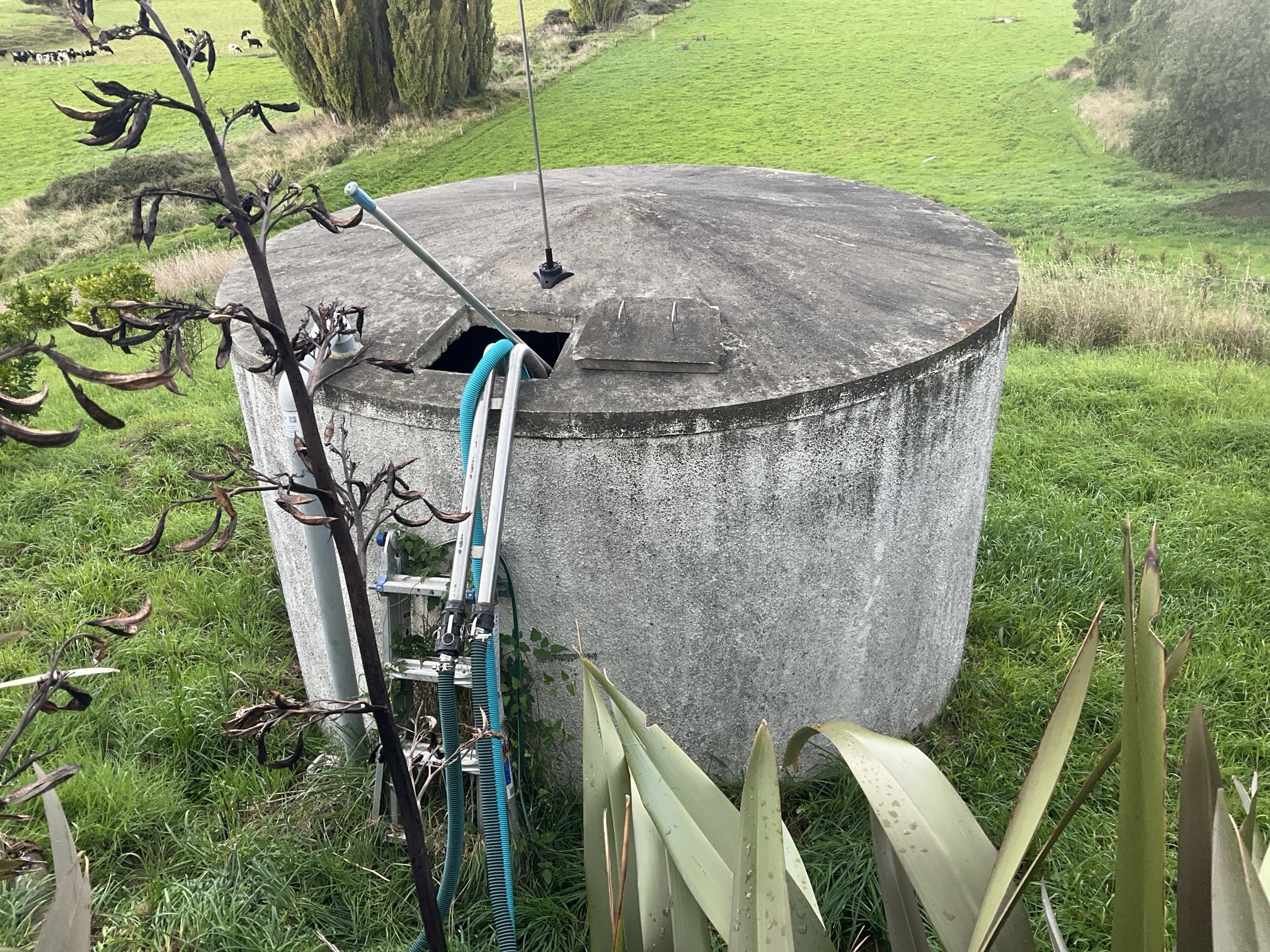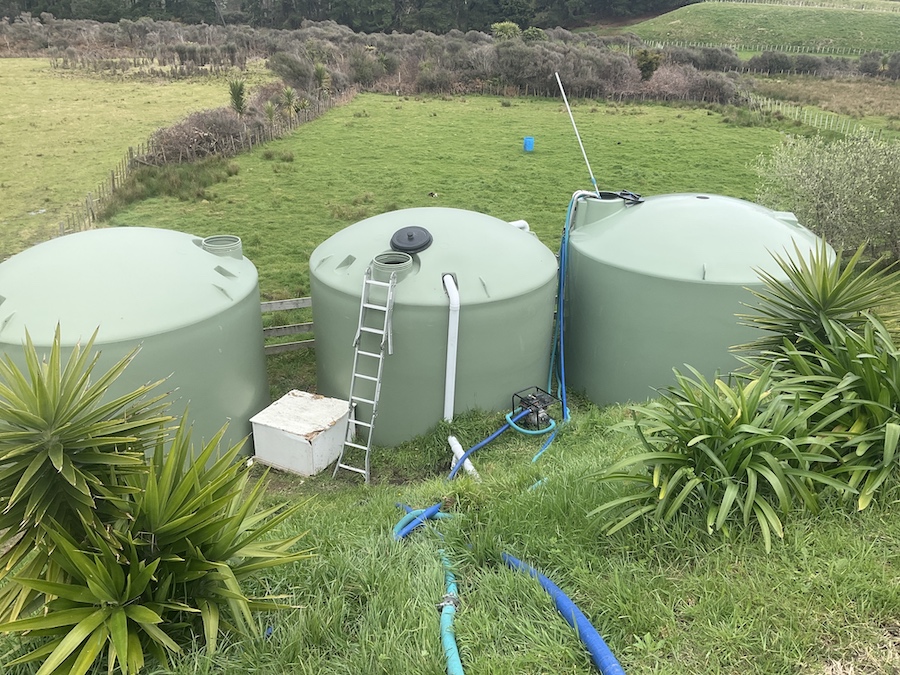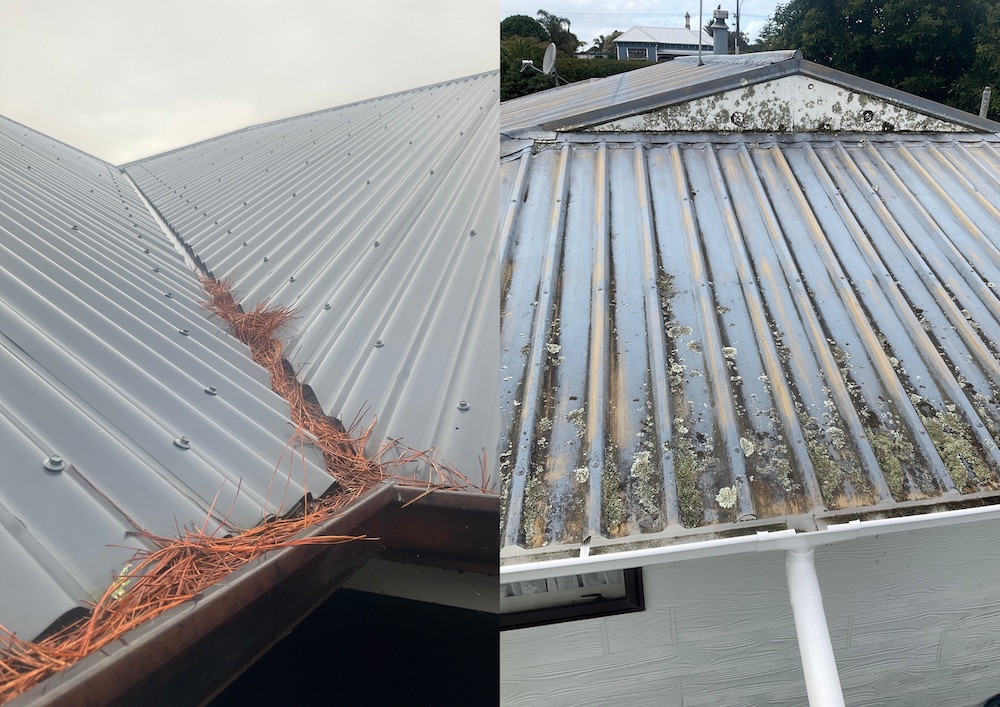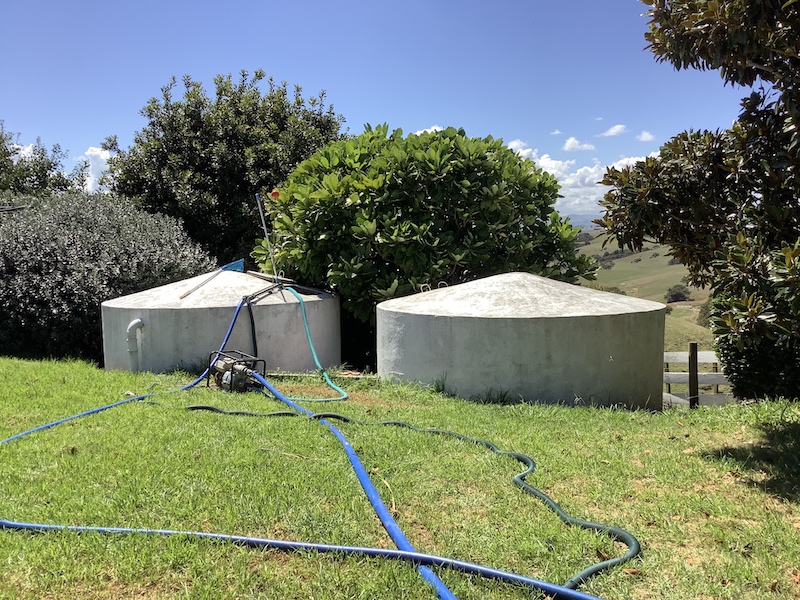What is Cryptosporidium and How to Keep Your Water Safe
What is Cryptosporidium?
In simple terms, Cryptosporidium is a tiny parasite that lives in the faeces of infected people and animals.
It can survive for long periods outside the body, particularly in water sources, so if you have a water tank you need to be aware of the risk.
When ingested, Cryptosporidium can cause cryptosporidiosis, an illness which can cause things like diarrhoea, stomach cramps, and vomiting.
For most people, cryptosporidiosis, while highly unpleasant, will disappear within a few weeks. But as usual, things can be more serious for immunocompromised individuals so care needs to be taken. Health New Zealand has information on its website for those who think they may be infected, but in short, the first thing to do is visit your local GP.
It is even better of course to avoid getting infected with it!
Reducing the Risks of Cryptosporidium in Water Tanks
Water tanks, especially those that collect rainwater or are filled from surface water e.g. a spring or creek, can become contaminated with Cryptosporidium if proper precautions are not taken. Common sources of Cryptosporidium contamination include faecal matter from birds, rodents, and other animals, as well as human sewage runoff.
Once introduced into a water tank, Cryptosporidium can survive and multiply, posing a risk of infection to anyone who consumes the contaminated water. This problem will worsen if the sediment that builds up in your tank is not regularly cleaned out, as this can act as a breeding ground for the Cryptosporidium to thrive in.
So, how does it get into your water tanks?
When rain falls on roofs or the ground, it can pick up things like faeces from birds, mice, or even people. Then, if this dirty water goes into our water tanks, it can bring along Cryptosporidium too.
How to minimise the risk:
Keep Your Tank Clean: Make sure to clean your water tank regularly to get rid of any sediment or organic material that might be inside. The Safe H2O process cleans the tank and also purifies your water to remove Cryptosporidium. This will help keep the water clean and healthy to drink.
Clean Your Roof and Gutters: Keep your roof and gutters clean to minimise the organic matter carried by the water getting into your tank when it rains. This minimises organic material entering the tank, in which Cryptosporidium can thrive.
Use Filters: 1 micron filters after your pump generally catch tiny things like Cryptosporidium. UV filtration after the sediment filters provides even further protection on an ongoing basis. Installing UV and Sediment filtration in conjunction with regularly cleaning your water tank, provides clean and safe water for continuous protection.
By following these simple steps, you can keep our water tanks clean and make sure that you’re minimising the risk of Cryptosporidium in your drinking water and impacting negatively on you and your family.
Do you have sediment or pathogen build up in your water tank? Want to get your water tank cleaned? Considering filtration? We operate all over the North Island and you can get a free cost estimate by contacting us here.
Concerned about nitrates in your water, and want to know how to get rid of them?
In this blog, we'll explore these frequent water tank problems and provide practical solutions to address them effectively
Smoke and soot can contaminate NZ water tanks. Learn how it happens, the health risks, and Safe H2O’s expert tips for cleaning and prevention.
This comprehensive guide examines the benefits and drawbacks of DIY and professional water tank cleaning, enabling you to make the best choice for your home.
Winter’s cooler weather might not have you thinking about your water tank - but it should.
Whether you’re collecting rainwater, drawing from a bore, or tapping into a stream, your water tank is the heart of your...
Whether you’re collecting rainwater, drawing from a bore, or tapping into a stream, your water tank is the heart of your...
How Possums, Rodents, and Birds Get into Your Water Tank – and How to Keep Them Out When thinking about water quality, …
What’s in Your Water? Common Contaminants in NZ Drinking Water Tanks Whether your water comes from rainfall, a bore or a nearby …
Water Tank Cleaning Myths Debunked When it comes to maintaining clean and safe water in your tank, there can be a bit …
Autumn Water Tank Care Tips: Preparing for the Seasonal Change As the crisp air of autumn rolls in, it’s time to think …
Water Tank Cleaning: A Comparison of Traditional vs. Our Innovative Method When it comes to cleaning your water tank, Safe H2O cleans …
UNDERSTANDING FILTRATION SYSTEMS: WHAT IS SEDIMENT AND UV WATER FILTRATION? Your water source likely contains a myriad of sediments and particles, ranging …
Water Tanks 101: A Beginner’s Guide to Clean, Safe Water for Your Property Water tanks are an essential resource for those on …
What can I do before water enters my tank to help minimise my risks? Spring or surface water (streams) will usually be …
When it comes to maintaining a healthy rainwater fed tank, one of the most overlooked aspects is the cleanliness of your roof and gutters.
Flush Caps, Leaf Diverters, and More: Methods to Help Protect Your Water Supply When it comes to maintaining a clean and safe …
In the realm of curious misconceptions, one fascinating myth suggests that eels clean water tanks. While this idea captures the...
Why having ‘Immunity’ to Bad Tank Water is a Bad Thing When it comes to maintaining a healthy home, clean water is …
Safe H2O Collaborates with Isaac’s Plumbing, Pumping and Electrical Here at Safe H2O, we aim to provide exceptional advice, service, and support …
How Often Do New Zealand Schools Need to Clean Their Water Tanks? Here in NZ, managing water supplies, including water tank maintenance …
What is Cryptosporidium and How to Keep Your Water Safe What is Cryptosporidium? In simple terms, Cryptosporidium is a tiny parasite that …
Why you should use a Water Tank Cleaning Specialist Well maintained water tanks are the backbone of clean water storage and supply …
Guarding Against E. coli: Essential Strategies for Ensuring Safe Water Tank Systems Water tanks are an essential source of clean drinking water …
5 Top Reasons to Keep Your Water Tank Clean in New Zealand Cleaning your water tanks is something that’s probably not always …
Autumn Alert: Why Now is the Perfect Time to Clean Your Water Tank As the autumn leaves are about to fall and …
What are my Legal Obligations for water tank cleaning in New Zealand? Taumata Arowai is the new Water Services Regulator for Aotearoa …
Top signs your water tank needs cleaning – Don’t ignore these red flags Your water tank is a vital component of your …
How Often Should I Clean My Water Tank in New Zealand? If you are one of the thousands of New Zealanders with …
The Risks of Cleaning Your Water Tank with Janola or Household Bleach Should you use Janola to clean your water tank? Here …
12 Ways to Save Your Tank Water Worried about your water tanks running empty? Rainfed tank water is a limited supply and …
How much does it cost to clean my water tank? The cost of cleaning a typical New Zealand water tank depends on …





